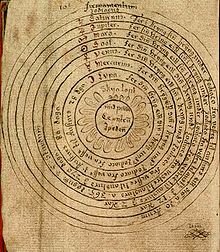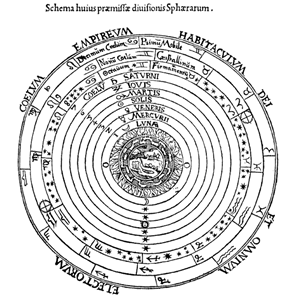
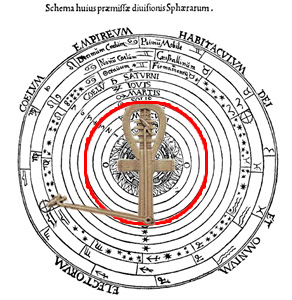

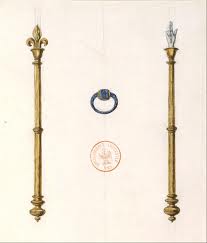
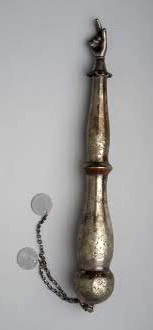


They are called Volvelles, or "Seers" or "Witches" as they can predict the future of the stars. They are also called Deus Ex Machina (The Hand of God, or the machine of the Suns)
In The Saga of Eric The Red he describes the dance of the seer, which is identical to the description and usage of a Volvelle. There are several attachments and tools that go onto the device to aid in alignment and prediction.
By turning the inner wheels you can make a range of calculations, from direction, distance (by measuring a knotted rope dragged overboard (knots) with the rotation of the inner circles)
Note the alignment marks (+) that are still used today, these refer to Earth.
You can also determine season, sunrise, and sunset, as well as find North by finding the Pole Star.
Inside the loop you can see the current phase of the moon.
Add the Sirius (Dog) Gnomon (Ankh/Crux) and you can predict the flooding of the Nile.
When Isis/Jesus is on the Crux/Cross it is the Equinox.
There are usually 12 divisions on the star charts, called houses, or apostles (outer information). The outer circle is also called the Zodiac. (line of animals). Line up the chart with the stars, and then line up the inner circle later, and you can tell how much time has passed, or how much distance has passed. Astrologers used log tables to work out the position and date using information gathered over many generations.
In Norse languages fixed stars are called Angels (stars/lights),
and Planets are Arch-Angels (turning stars).
Yes, the words Angle and Angel are related!
A SunDial is a solar Volvelle. The triangle is called a Gnomon or Wand or SetStokkr, used to "divine the message from the gods" ie see the position of the sun, moon, Pole Star, or planets.
The other Gnomon/Yad possibly work with a Volvelle, predicting the moon or Pole Star. Different Gnomons could measure different planets, so a complete Volvelle set included a set of wands and gnomons and log books.
They are mentioned in the Norse Saga Beowulf. (SetStokkr - set of sticks that can read the stars)
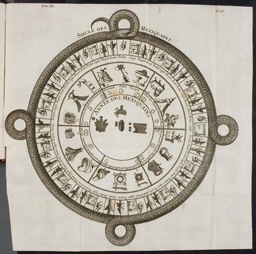


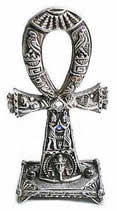
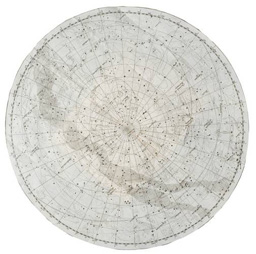
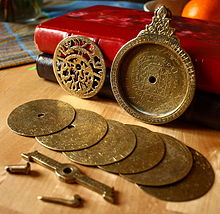
To "Calibrate" the clock a Gnomon was put in the center, and the device placed on the floor.
When the Gnomon cast no shadow you set the device.
A Flood Predictor!
This Gnomon / Wand when used with a Volvelle can predict the flooding of the Nile. How? Because the Nile rises and falls with the moon and floods in alignment with the star Sirius.
Predicting the Flood was considered knowledge from the gods.
The word Hiero-Glyph means Planet-symbol.
(Hieros is ancient Greek for planet)
By lining up the Ankh with the Moon and Sirius you can tell the date (quite an achievement if you don't have clocks)
The disks were highly valuable and could be upgraded.
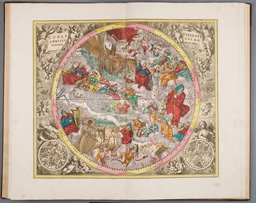

The Antikythera Device (History Channel)
Wikipedia article
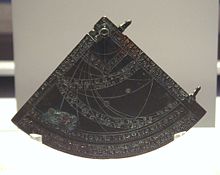
A gnomic section of a volvelle, you can see the pins where it clips into the base.
Called The Antikythera Device it dates back thousands of years and could predict the position of the Sun, Moon, and Major Planets, operating on a similar principle to other Star Clocks.
It contains ancient Greek writing, and symbols from the Egyptian Calendar.
Is this the oldest mechanical Volvelle?


A page from a log book calculating the position of Jupiter and providing observations for the Volvelle.
(right) A more complete Spherical volvelle (armillary) from 1585.
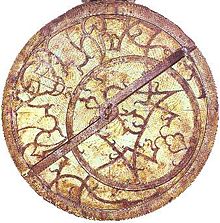
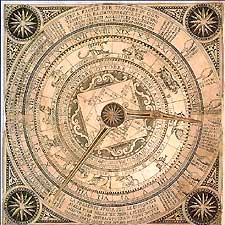
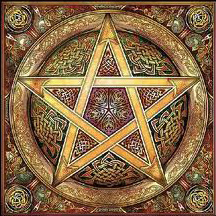
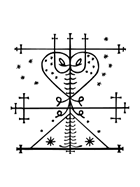
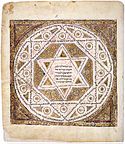
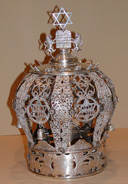
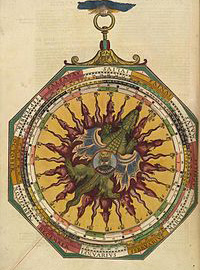
This cunning Volvelle from 1581 was made from paper.
You bought the Log Book with all the information and cut out the gnomon tools to aid your Astro-log observation and prediction.
A King could claim the throne if he could know where everything was without seeing outside.
The right image is a Veve/Sigil from Haiti that tracks the path of Venus over 1 year, we can tell from the heart shape. The people who used Volvelles were called "Witches" or "Seers" because they could predict the future. If you knew where Venus was you could predict how long until Spring and ration accordingly. (East Star) Predicting Venus and the Moon became an important tradition.
future position of the Sun.
The path a planet takes is called a Sigil(Hebrew) or Veve (Vodou) or Seal and the symbols can form a complex notation to track a planet.
The person who translated the predictions from the Volvelle was called a Volva (Seer), or perhaps the Volvelle and Volva were the same thing. (an anthopomorphism)
Kings gained power by foretelling the future... were their crowns /coronas actually Volvelle? Old crowns have planetary symbols and Kings are regarded as "God's Messengers"
(and thus the tides) a year in advance.
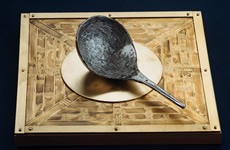
_256.jpg)
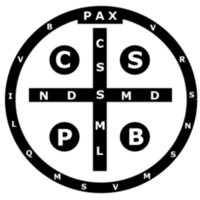


200BCE Han Dynasty
The "Magical Spoon" features in chinese mythology.
People who knew the secret were highly regarded in society and they guarded their knowledge.
The base plate is called
a Heaven Plate or Divining Board used in "Geomancy", seeing earthly events.
The magnetic field was called "Chi".
In Norse Mythology a Volva used a spoon to make preditions. (from the Poetic Edda)
The Spoon always pointed towards the tip of the Cup of the Big Dipper, ie the North Star
It predicts the phases of the Moon and Venus to predict when Passover will occur (Equinox).
(Mary = Moon, Jesus = Isis/Venus)
Was this a Venusian Volvelle? The letters translate to
"May the holy cross be my light! May the dragon never be my overlord"
or May I never confuse Venus for Saturn. The + is the symbol for Venus. The word Draco/Dragon means Saturn.
The word Pax is also the word for Spring.
ie a compass.
It can track more then just magnetic north (towards the Pole Star), it can track the sun, and if you know those two variables you can find where you are on a map.
This is known as a Lesser Volvelle,
or personal Volvelle.


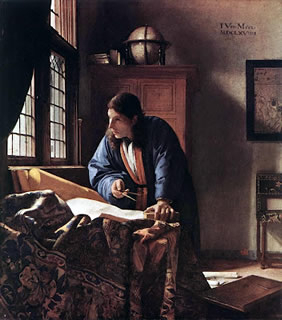
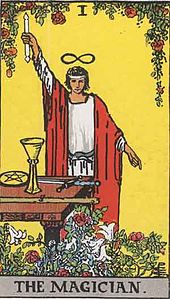
It lists the estimated radius of the orbits relative to Earth.
Remarkably the Earth's radius (6350km) was closely estimated around 200BC by measuring the Sun's height from different towns at the same time each day.
(The Seer, who used a Wand/Staff to guide his people)
Note the Magician's cloak covered in Moon and Star symbols, as well as the plants, since the magician could give the best time when to plant certain seeds.
Now the other part of the Volvelle - geomancy or geography,
the charts and measurements to plot and predict position.
A magician's cloak is a Stola - Named in the Poetic Edda as the Sky
(SkarStola - Veil of darkness)
